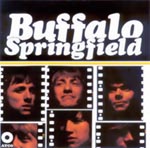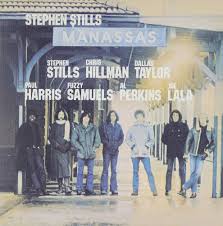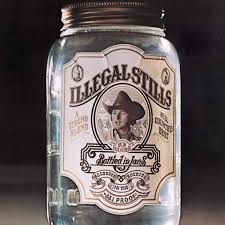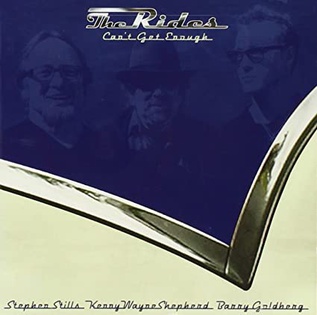
Like me, most people would probably first become familiar with Stephen Stills as a part of Crosby, Stills, Nash, & Young. When I was young, the supergroup’s songs had already became such an iconic part of our vision of 1970s America that they overshadowed even the large amount of success he and the other group members had in other venues. However, as I slowly started to piece together which songs reflected the styles of which members of the group, I realized the connections between some of the CSNY songs I liked best and other sixties favorites like “For What’s It’s Worth” and “Love the One Your With”. I soon came to recognize that I was definitely a huge fan of Stephen Stills.
Stills’s signature style shines through in every iteration of his work—strong clear melodies, reflective songwriting, amazing guitar ability, an ear for catchy rhythms, and a desire to infuse the folk genre with rock and blues and Latin elements. His was often the drive that helped pull together and blend the best elements from other colleagues into collaborations that pretty much invented folk rock.
After a wandering military brat childhood influenced his musical sensibilities enormously by taking him to places of rich musical heritage like Cuba and Louisiana, Stills formed the in-house group the Au Go Go Singers. In this setting, he developed his musical talent and leadership enough to leave and bring Richie Furay along with him, joining with a few notable others to become the powerhouse band known as Buffalo Springfield. Most significant of their releases was the summer protest anthem “For What It’s Worth” by Stills which captured the feel of the era.


While the Springfield didn’t rise to the level of fame that Stills and the others had hoped, it did establish his place in West Coast scene where he hung out with and played backing to the likes of Joni Mitchell and Judy Collins. It was thus inevitable that he would meet up with David Crosby (of the Byrds) and Graham Nash (of the Hollies) at some point; the story of their first time harmonizing together and realizing it was something special is well known. Their first release was much heralded and things kicked up a notch when Stills brought in his old bandmate Neil Young to add an interesting musical style and guitar ability to their collaboration.
Since their collaboration was always intended to be rather loose as they pursued other interests, Stephen was able to focus on slightly different things like a set of solo albums that eclipsed those of his other bandmates and had huge names lurking in the background (Eric Clapton, Jimi Hendrix, Ringo Starr).


Soon after, Stills organized his other powerhouse collaborative group with Chris Hillman (of the Byrds) and several other musicians. The debut double album of this multi-talented group known as Manassas was heralded for furthering the development of country rock as it blended Hillman’s interest in bluegrass into the fold of Still’s already established folk rock style. Though Manassas wouldn’t continue past a second album, Still’s solo work afterwards would bring in even more of his blues guitar interest as well as sliding towards his rhythmic interest in the emergence of disco and more.
Though his solo work after this point would not reach the same level as all this previous work, Stills maintained plenty of profile in his ongoing collaborations with Young and a return to CSN in the 80s.


The 90s and beyond were a bit quieter for Stills with some occasional releases and collaborations (including reunions with CSNY that I got to see back in 2001!) but nothing that had the huge impact of his past. He did spend a lot of time looking back–going through old demos and catalogs of unreleased songs, he was instrumental in compiling several historic sessions for the ages.
Even as his voice has gotten older and rougher, Stills has taken part in many new collaborations like blues group The Rides and a duet album with old friend Judy Collins.
